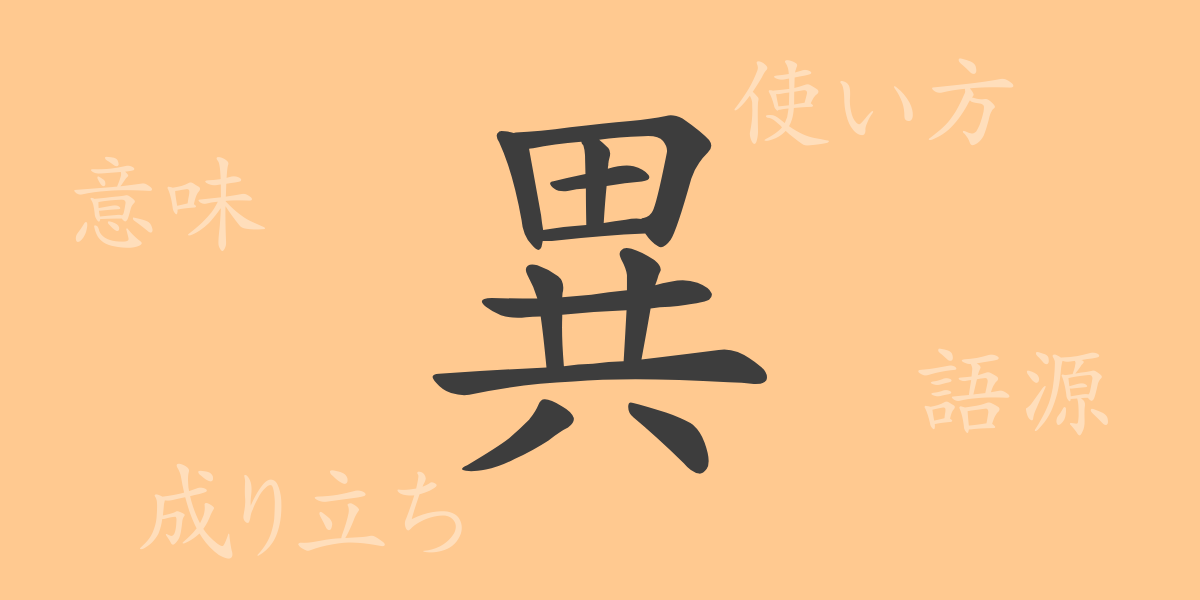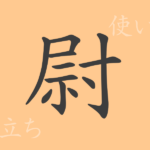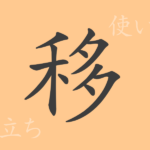“
The depth of Japanese written culture is vividly reflected in its kanji, known for their complexity and richness in expression. The commonly used kanji ‘異’ (I) plays a crucial role in Japanese. This article explores the origins, meanings, usage, readings of ‘異’, and its related phrases and idioms, taking us on a journey through the beauty of Japanese and the profound meanings embedded in each kanji character.
Origins of 異 (I)
The kanji ‘異’ originates from ancient China, incorporating elements of pictographs and ideographs. Initially, it depicted two people facing each other, symbolizing the notion of ‘being different’. Over time, it evolved into the modern character ‘異’, used in various contexts today.
Meaning and Usage of 異
‘異’ means ‘different from the usual’, ‘special’, or ‘distinct from others’. It is used widely as an adjective, noun, and verb, with nuances that vary by context. Key terms such as ‘異なる’ (Koto-naru), ‘異常’ (Ijyou), and ‘異議’ (Igi) revolve around this kanji, highlighting its core role in many expressions.
Readings, Stroke Count, and Radical of 異
The kanji ‘異’ has several readings in Japanese:
- Readings: The on’yomi (Sino-Japanese reading) is ‘イ’, and the kun’yomi (native Japanese readings) include ‘Koto’ and ‘Koto-naru’.
- Stroke Count: ‘異’ comprises 11 strokes.
- Radical: The radical is ‘田’ (Ta,Den).
Phrases and Proverbs Using 異
There are numerous idioms, phrases, and proverbs involving ‘異’ within the Japanese language. For example, ‘異国情緒’ (Ikokujyoutyo) reflects the unique atmosphere of a foreign country, ‘異口同音’ (Ikudouon) means many people saying the same thing unanimously, and ‘異議あり’ (Igi-ari) is a legal term used to express an objection.
Summary of 異
The meanings embedded in each kanji vary greatly depending on their context of use, and ‘異’ is no exception, playing a significant role in Japanese. Through this kanji, we can re-appreciate the depth of Japanese and the power of words, enhancing our understanding of the language’s intricacy and cultural richness.
“

























